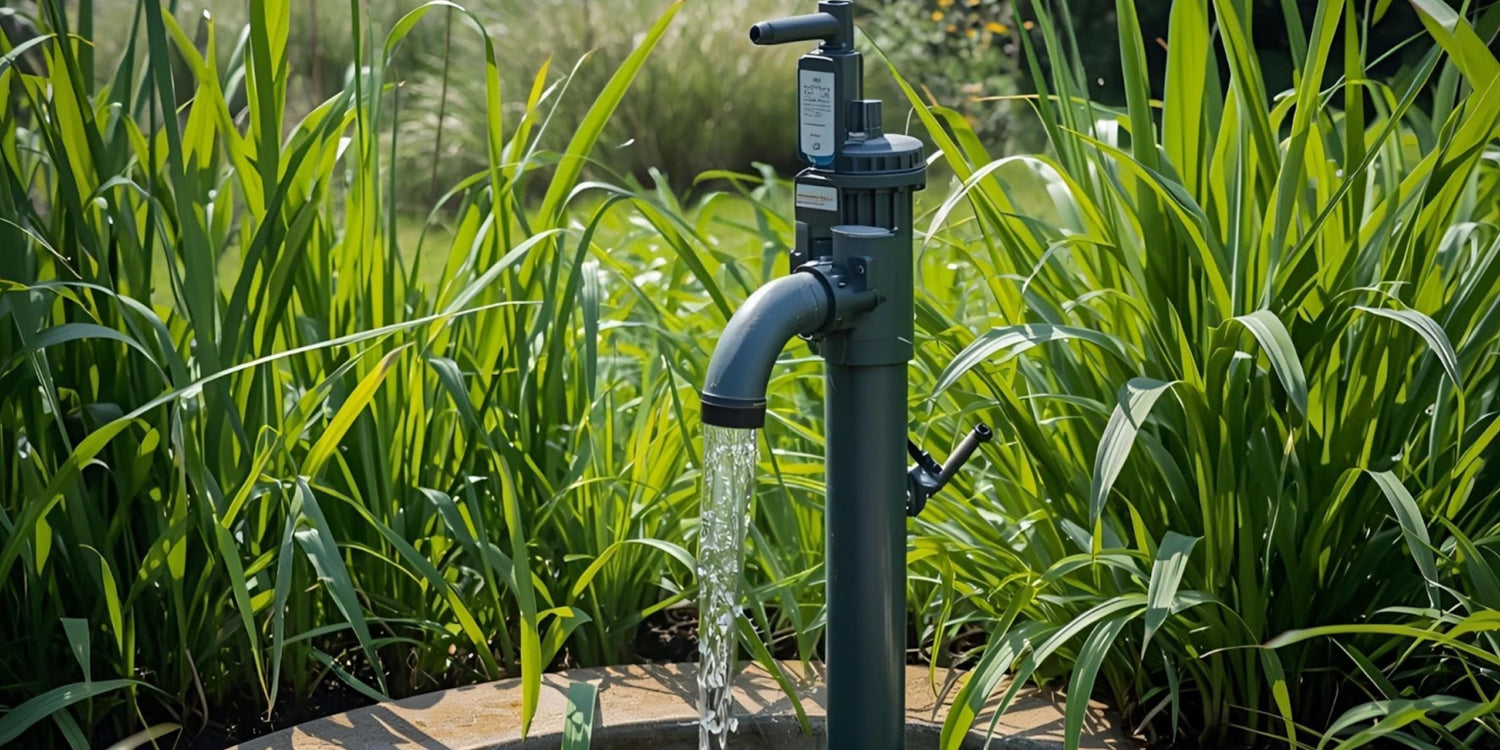Water scarcity is becoming a pressing issue worldwide, and urban areas face a growing challenge to meet the demand for clean water. Rain Water Harvesting Projects have emerged as a practical solution, helping communities conserve water and reduce dependence on traditional water sources. By capturing and storing rainwater, these projects offer an environmentally friendly approach that benefits both households and local governments.
Here, we’ll explore the benefits of rainwater collecting, the different types of systems, examples of successful projects, and guidance on how to implement a Rainwater Harvesting System effectively.
Why Rainwater Harvesting Matters?
Many people underestimate the potential of rainwater. A simple system can collect and store thousands of liters of water annually, providing a sustainable source for drinking, gardening, and other domestic uses. Besides conserving water, rainwater collecting reduces the risk of flooding, lowers water bills, and decreases the strain on municipal water supply systems.
Governments worldwide have recognized this potential and promoted Rain water harvesting Government projects, making it easier for communities to adopt these systems through subsidies and technical support. When implemented correctly, these projects can significantly enhance water security in both urban and rural areas.
Types of Rain Water Harvesting Projects
Rainwater collecting projects vary in complexity and purpose. Here are some common types:
-
Rooftop Rainwater Harvesting:
This is the most common method for homes and buildings. Rainwater is collected from the roof, filtered, and stored in tanks for later use. A simple Rainwater Filter can remove debris and ensure clean water. -
Surface Runoff Harvesting:
This method collects rainwater from streets, open grounds, or landscapes. It often involves constructing ponds, check dams, or reservoirs to store water. -
Recharge Pits and Trenches:
Designed to replenish groundwater, recharge pits and trenches allow rainwater to seep into the soil, improving groundwater levels. -
Community-based Projects:
Large-scale projects focus on entire neighborhoods, combining storage tanks, recharge wells, and ponds to serve multiple households.
Each type can be customized based on rainfall patterns, land availability, and water demand. By selecting the right type of system, individuals and communities can maximize the efficiency of their Rainwater Collection System.
How Rainwater Harvesting Works?
Implementing a rainwater collecting system involves a few critical steps:
-
Collection: Rainwater is captured from roofs, surfaces, or catchment areas. Properly designed gutters and channels help direct water efficiently.
-
Filtration: Before storage, rainwater passes through filters to remove leaves, dirt, and other debris. Installing a Home Water Filtration System ensures the water remains safe for domestic use.
-
Storage: Water is stored in tanks, ponds, or underground reservoirs. Storage capacity depends on rainfall and consumption requirements.
-
Utilization: Stored water can be used for drinking (after treatment), irrigation, washing, or groundwater recharge.
-
Maintenance: Regular cleaning of filters, tanks, and collection surfaces is essential to ensure optimal performance.
By understanding these steps, even beginners can set up a simple yet effective Rainwater collecting system that serves their household or community.
Benefits of Rainwater Harvesting Projects
People often ask, “Why invest in rainwater harvesting?” Here are the main benefits:
-
Water Conservation: Capturing rainwater reduces the pressure on municipal water systems and ensures water availability during dry seasons.
-
Cost Savings: Stored rainwater reduces dependency on piped water, lowering utility bills.
-
Groundwater Recharge: Techniques like recharge pits help replenish underground aquifers.
-
Environmental Benefits: Reduces soil erosion and decreases stormwater runoff, preventing local flooding.
-
Improved Water Quality: Using filters in the system ensures cleaner water for domestic and gardening purposes.
Communities and homeowners can achieve long-term sustainability by integrating these systems with existing infrastructure, making rainwater collecting projects a practical choice.
Examples of Successful Rain Water Harvesting Projects
Across the globe, several rainwater collecting initiatives have inspired others to take action:
-
Chennai, India: After severe water shortages, the city implemented rooftop rainwater harvesting in all new buildings, significantly improving water availability.
-
Singapore: Urban planners use a city-wide network of rainwater collection tanks and reservoirs, integrating them into public parks and reservoirs.
-
California, USA: Drought-prone regions encourage households to install rainwater collecting systems to supplement the municipal water supply.
-
Community Projects in Rajasthan, India: Villages have constructed large ponds and recharge wells, allowing entire communities to benefit from stored rainwater.
These examples demonstrate that both urban and rural settings can successfully implement rainwater collecting with the right planning and resources.
Steps to Start Your Own Rainwater Harvesting Project
-
Assess your property’s rainwater potential by calculating roof size, rainfall data, and water needs.
-
Choose an appropriate system type, whether rooftop, surface runoff, or recharge-based.
-
Install gutters, pipes, and storage tanks with filtration systems to ensure clean water collection.
-
Monitor water usage and maintain the system regularly.
-
Explore local government initiatives or subsidies for rainwater collecting, which can offset initial costs.
These steps simplify the process and make it easier for homeowners and businesses to implement Water Collecting Projects successfully.
Key Takeaways:
-
Rainwater harvesting offers both environmental and economic benefits.
-
Various types of systems can be customized to fit homes, communities, or commercial setups.
-
Proper filtration and storage are essential for clean, usable water.
-
Government projects support the widespread adoption of rainwater collecting.
-
Maintenance ensures the long-term effectiveness of your Rainwater collecting system.
FAQ’s:
1. What is the ideal storage capacity for a rainwater harvesting system?
It depends on the roof size, average rainfall, and household water needs. A professional assessment can determine the optimal capacity.
2. Can rainwater be used for drinking purposes?
Yes, after proper filtration and treatment, rainwater can be safe for drinking and cooking.
3. Are rainwater collecting systems expensive to install?
Costs vary based on system type and size, but government subsidies often make them affordable.
4. How often should the system be maintained?
Filters, gutters, and storage tanks should be cleaned at least twice a year to maintain efficiency.
5. Do government projects assist private rainwater collecting?
Many governments offer technical support, financial incentives, or guidance to encourage both residential and commercial rainwater collecting.
Making Rainwater Work for You
Water sustainability starts with simple steps. Whether it’s a small rooftop collection system or a large community-based project, Rain Water Harvesting Projects provide a reliable, eco-friendly solution to water scarcity. By integrating these systems into your home or community, you can conserve water, save on bills, and contribute to a healthier environment.
For those looking to explore advanced filtration and storage options, pairing your rainwater collecting system with a Rainwater purify or Home Water Filter System enhances the quality and usability of collected water.
Rainwater collecting is more than just a trend; it’s a practical necessity for today and the future. Implementing these strategies ensures water security while promoting responsible and sustainable living.
For more guidance and resources on effective rainwater collection, visit Rainy Filters.

